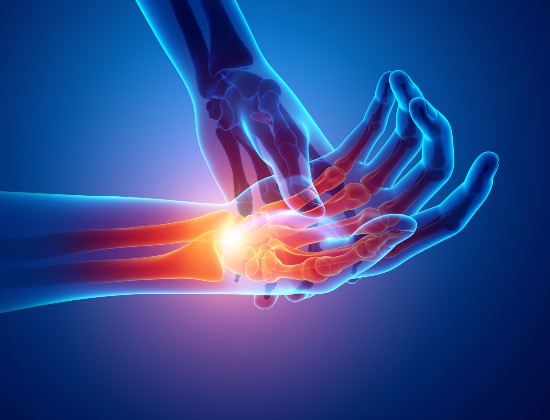Boutonniere deformity
Usually a result of injuring an extensor tendon. This condition prevents the middle joint from straightening; at the same time, the fingertip bends back. It is important that it’s treated quickly or the finger may become more deformed, affecting its normal function. ‘Boutonniere’ comes from the shape of the tear that causes the injury to the tendon and means ‘buttonhole’ in French.
Causes
It is usually the result of the finger being hit very hard on the top of the middle joint while it’s bent, but sometimes it can be caused by a deep cut on top of the finger, separating the tendon from the bone. It can also be caused by osteoarthritis.
Symptoms
You may notice symptoms soon after injuring your finger, although sometimes they can develop up to three weeks later. They include pain, swelling, not being able to straighten your finger at the middle joint, and not being able to bend your fingertip.
Diagnosis
Having examined your finger, your specialist can usually back up a diagnosis of boutonniere deformity with X-rays to discover the extent of the damage to your bones and tendon.
Treatment
Non-operative treatment: this may involve wearing a splint to straighten the joint and stop the tendon ends from separating while they’re healing; you will usually have to wear this for four to six weeks.
Surgery: if the tendon is completely torn, the bones have become displaced (out of alignment) or your symptoms don’t improve having worn a splint, you may need to have surgery; the sooner this is carried out, the easier it is to treat the condition.
Important: This information is only a guideline to help you understand your treatment and what to expect. Everyone is different and your rehabilitation may be quicker or slower than other people’s. Please contact us for advice if you’re worried about any aspect of your health or recovery.


